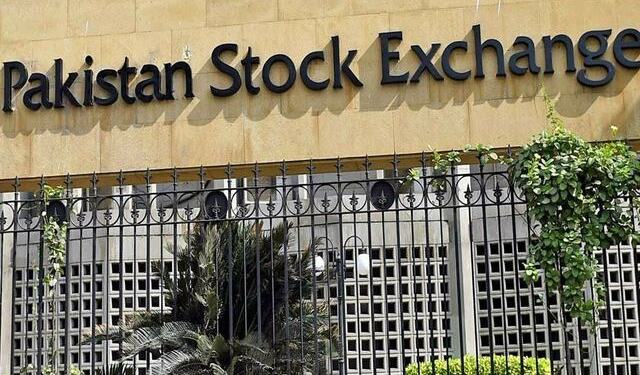© Reuters.
USD/JPY
-0.06%
Add to/Remove from Watchlist
Add to Watchlist
Add Position
Position added successfully to:
Please name your holdings portfolio
Type:
BUY
SELL
Date:
Amount:
Price
Point Value:
Leverage:
1:1
1:10
1:25
1:50
1:100
1:200
1:400
1:500
1:1000
Commission:
Create New Watchlist
Create
Create a new holdings portfolio
Add
Create
+ Add another position
Close
US500
-0.17%
Add to/Remove from Watchlist
Add to Watchlist
Add Position
Position added successfully to:
Please name your holdings portfolio
Type:
BUY
SELL
Date:
Amount:
Price
Point Value:
Leverage:
1:1
1:10
1:25
1:50
1:100
1:200
1:400
1:500
1:1000
Commission:
Create New Watchlist
Create
Create a new holdings portfolio
Add
Create
+ Add another position
Close
DJI
-0.58%
Add to/Remove from Watchlist
Add to Watchlist
Add Position
Position added successfully to:
Please name your holdings portfolio
Type:
BUY
SELL
Date:
Amount:
Price
Point Value:
Leverage:
1:1
1:10
1:25
1:50
1:100
1:200
1:400
1:500
1:1000
Commission:
Create New Watchlist
Create
Create a new holdings portfolio
Add
Create
+ Add another position
Close
US10Y…
+0.06%
Add to/Remove from Watchlist
Add to Watchlist
Add Position
Position added successfully to:
Please name your holdings portfolio
Type:
BUY
SELL
Date:
Amount:
Price
Point Value:
Leverage:
1:1
1:10
1:25
1:50
1:100
1:200
1:400
1:500
1:1000
Commission:
Create New Watchlist
Create
Create a new holdings portfolio
Add
Create
+ Add another position
Close
DXY
-0.06%
Add to/Remove from Watchlist
Add to Watchlist
Add Position
Position added successfully to:
Please name your holdings portfolio
Type:
BUY
SELL
Date:
Amount:
Price
Point Value:
Leverage:
1:1
1:10
1:25
1:50
1:100
1:200
1:400
1:500
1:1000
Commission:
Create New Watchlist
Create
Create a new holdings portfolio
Add
Create
+ Add another position
Close
Federal Reserve Chairman Jerome Powell has emphasized a commitment to an extended restrictive U.S. monetary policy, leading to stock dips and increases in U.S. 10-year Treasury yield and U.S. dollar against yen. The move is designed to maintain the restrictive policy until there is confidence that inflation is sustainably down to 2% over time.
Despite recent U.S. inflation rates aligning with the Fed’s 2% target, Powell did not suggest that the mission to curb inflation had been achieved. He further indicated that significant measures of inflation are expected to decrease significantly soon. This stricter warning than investors expected contradicts recent rises in long-term U.S. interest rates and tightening financial conditions since the last Fed rate increase.
The Federal Reserve’s hawkishness is driven by its focus on future forecasts and associated risks, demonstrating a greater readiness to accept a recession over a resurgence of inflation. The Fed also relies on models like the Phillips curve model, which suggests an inverse relationship between inflation and unemployment.
Critics argue this approach could underestimate the delay between monetary policy changes and their effects on inflation, growth, and unemployment. They point out the inconsistent relationship between inflation and unemployment due to diverse factors such as worker bargaining power, globalized labor markets, and technology threats.
However, when unemployment is very low, a visible correlation between unemployment and inflation exists, suggesting that the Phillips curve analysis may be valid under certain conditions. Thus, the Fed plans to maintain restrictive policy as long as unemployment doesn’t rise to ensure inflation sustainably declines to its 2% target.
The Federal Reserve policy leans towards low inflation and rising unemployment rather than primarily aiming for a soft landing. This stance has significant implications for markets currently ill-prepared for such outcomes.
This article was generated with the support of AI and reviewed by an editor. For more information see our T&C.
Source: Investing.com
























